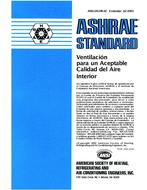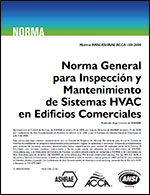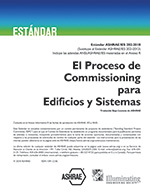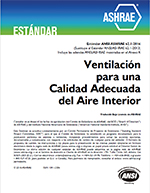Description
Track: Net Zero Energy Buildings: The International Race to 2030
Sponsor: 6.7 Solar Energy Utilization, 2.8 Building Environmental Impacts and Sustainability, 6.8
Chair: Michael Case, Ph.D., Associate Member, US Army Corps of Engineers, Champaign, IL
This session reviews modeled and actual performance and lessons learned from the installation of diverse renewable energy systems at Fort Huachuca and the Presidio of Monterey. It discusses the design, installation, operations and maintenance of these systems as well as work in progress on the installation of a Sterling solar thermal electric generator. The seminar presents the results of two models of geo-exchange heat pump system with solar thermal for a community located in Toronto. Simulation results show that by integrating a solar thermal system, heat pump performance in the heating mode improves by 26%.
1. Learning from History: Lesson Learned over 35 Years of Solar Energy at Fort Huachuca, AZ
William Stein, US Army Corps of Engineers, Champaign, IL
This seminar discusses lessons learned at Fort Huachuca over the past 35 years with various renewable systems, including indoor pool solar water heating; solar domestic hot water; grid connected PV; transpired air solar collectors; daylighting; PV outdoor lighting; a dish/Sterling solar thermal electric generation; building integrated PV; utility owned 13.6 MW (AC) PV; and organic Rankine cycle electrical generation.
2. Solar Thermal Sizing, Modeling and Verification for an Army Barracks
Jay Tulley1 and Brian Clark2, (1)U.S. Army Garrison, Monterey, CA, (2)Engineer Research and Development Center, Construction Engineering Research Laboratory, Champaign, IL
The US Army requires that projects install solar thermal arrays to provide 30% of domestic hot water load when there is an economic payback. There are challenges, however, improperly sizing a system to meet these design loads and verifying that the system meets the requirements is not required. This presentation looks at an Army barracks that specified an array that would meet 70% of the domestic load but encountered many problems during commissioning and the first 6 months of operation. Lessons learned and recommendations for future projects are presented.
3. Solar Community Heating and Cooling System with Central Heat Pump and Geo-Exchange System for Cold Climates
Farzin Masoumi, Member, Union Gas Limited, Toronto, ON, Canada
For a hypothetical solar community located in Toronto, the viability of geo-exchange heat pump system with solar thermal was investigated. Two models were developed. The first model was based on the central heat pump system with borehole thermal storage, using a PV system as the heat pumps power. The second was a system with a solar thermal system added to the first model. Simulation results showed that for the communities with the annual heating and cooling ratio of more than 75%, by adding the solar thermal system, the heat pumps’ performance, in the heating mode, will improve by 26%.
Presented: June 25, 2017, 3:15-4:45 PM
Run Time: 90 min.
This is a zip file that consists of PowerPoint slides synchronized with the audio-recording of the speaker (recorded presentation), PDF files of the slides, and audio only (mp3) for each presentation.
Citation: ASHRAE Seminar Recordings, 2017 ASHRAE Annual Conference, Long Beach , CA
Product Details
- Published:
- 2017
- Units of Measure:
- Dual
- File Size:
- 1 file , 77 MB
- Product Code(s):
- D-LB17Sem17




